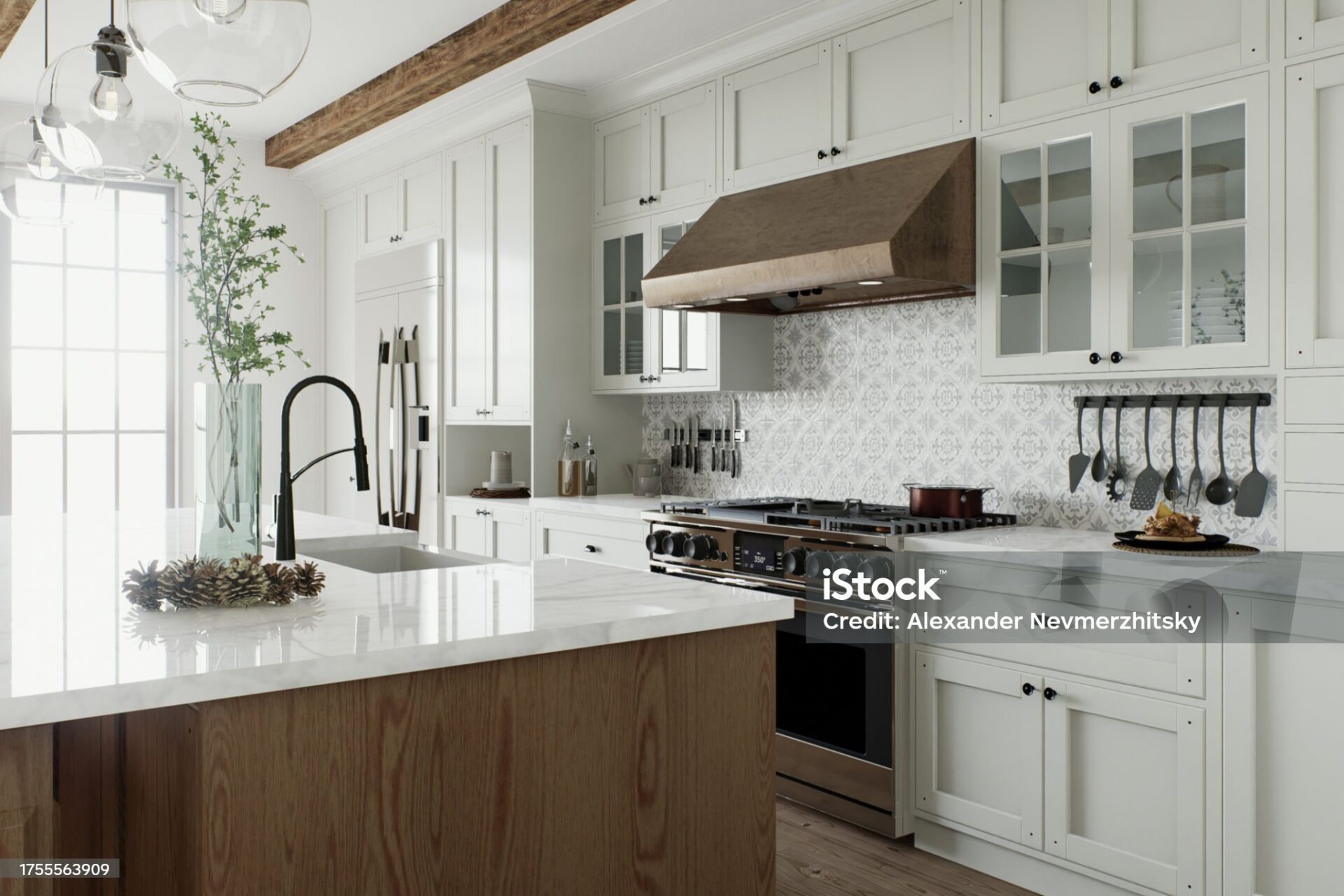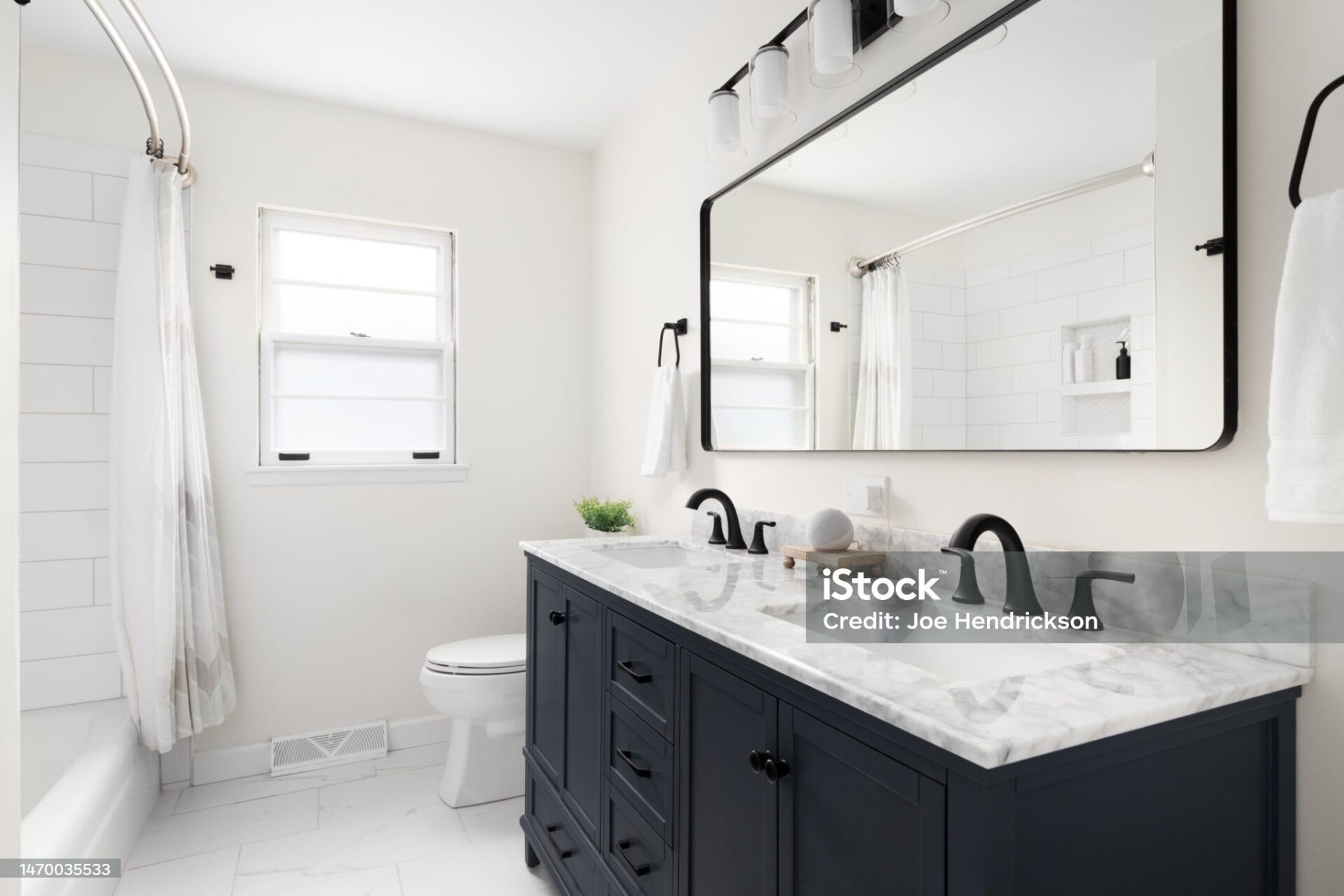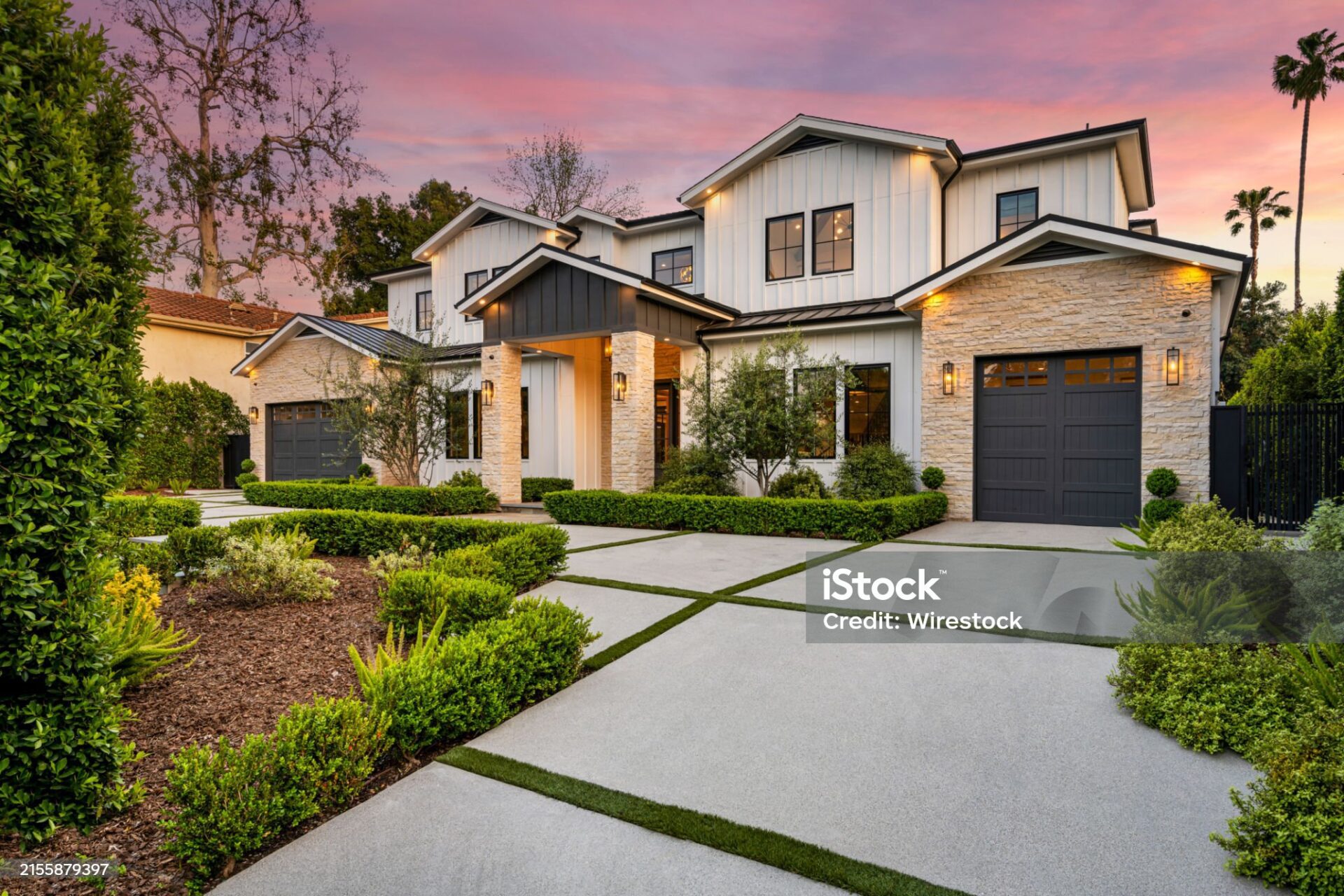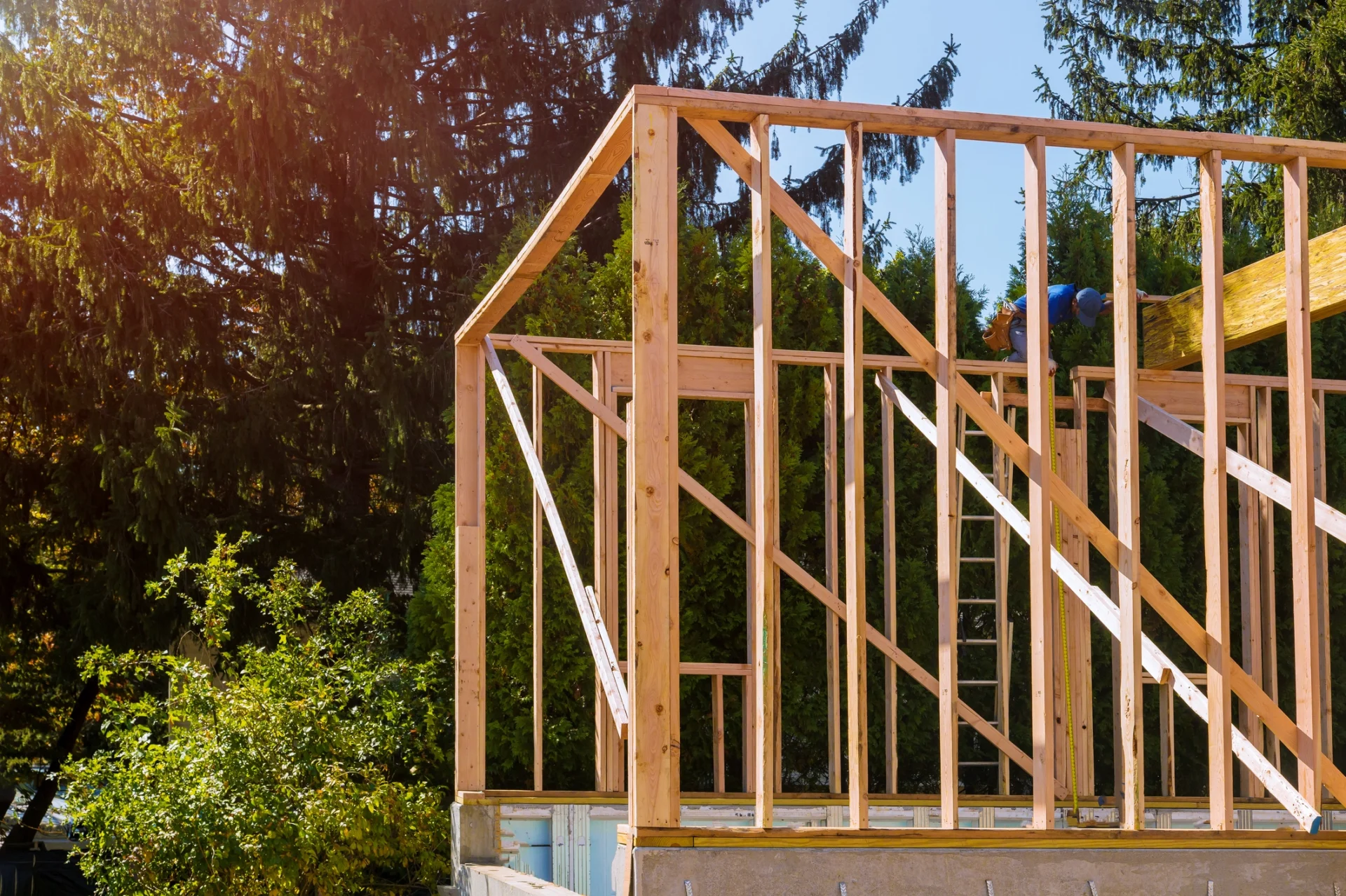Kitchen Remodel
Investing in kitchen and bathroom renovations is a smart choice in today’s hot housing markets, as these upgrades frequently result in a return exceeding 100% on costs. For example, in Baltimore, a bathroom remodel costing $9,400 returned 182% at resale, according to a 2004 study by Remodeling. Other markets like Washington, D.C., Minneapolis, Chicago, Atlanta, San Francisco, and San Diego also reported impressive returns for bathroom renovations. Minor kitchen upgrades, averaging around $15,273, yielded similar outcomes in cities such as Providence, R.I., Miami, New Orleans, and notably San Diego, where a $17,928 investment returned $27,000 at resale.
Kitchens and bathrooms are critical areas of a home where homeowners can visibly appreciate the value of their expenditures. Architect Steve Straughan, a partner at KAA Design Group in Los Angeles, points out that these spaces are the most costly to remodel and play significant roles in a homeowner’s daily life.

Planning a Bathroom Remodel
When planning a bathroom remodel, there are several factors to consider to ensure you create a space that is both functional and appealing. Here are some key points to keep in mind:
1. Prioritize Features: Focus on high-impact features that enhance both usability and aesthetics. Consider traditional elements like all-wood cabinets, commercial-style appliances, and natural materials such as wood, stone floors, and countertops.
2. Walk-in Showers: As modern preferences shift, walk-in showers have become a staple in bathroom designs. Many homeowners prefer a spacious shower over a bathtub, especially if space is limited. If you find yourself rarely using a tub, it may be wise to forgo it in favor of a larger walk-in shower, possibly even a floor-to-ceiling steam shower for added luxury.
3. Evaluate Your Needs: Before investing in a remodel, assess whether it makes sense for your home. If your bathroom is the only one in the house, consider whether it would be more beneficial to add a second bathroom instead of remodeling the existing one. This can significantly enhance your home’s value and function.
4. Market Trends: Understand the local real estate market. Adding a bathroom can increase your home’s value significantly—studies suggest an increase of around 8.7% in sale price, which is notably more than the increase associated with adding a bedroom.
5. Plan for Space: Consider the size and layout of your bathroom carefully. If space allows, think about incorporating storage solutions that maintain an open feel.
6. Investment Returns: Keep in mind the potential return on investment (ROI) when budgeting for your remodel. Prioritize high-quality finishes that will appeal to future buyers, especially if you plan to sell your home in the near future.
By carefully considering these aspects, you can create a bathroom that meets your needs and enhances the overall value of your home.

Home Maintenance
When it comes to home maintenance, prioritizing structural integrity and essential repairs is crucial, especially if you plan to sell your home in the future. Here are some key considerations to keep in mind:
1. Focus on Structural Issues First: Before diving into cosmetic updates like kitchen and bathroom remodels, address any foundational or structural problems. For instance, if you have water leaks in the basement or a compromised roof, these issues should be resolved first. Buyers will be deterred by signs of neglect, such as a musty smell from moisture or visible damage.
2. Consider Buyer Perspectives: When planning home improvements, think about how potential buyers will perceive the property. A well-maintained structure will instill confidence, making buyers more inclined to overlook dated aesthetics in favor of a home that is sound and reliable. For example, a dated but functional bathroom may be more acceptable than a home with an aging roof.
3. Limitations on Buyer Budgets: Most buyers have a fixed budget for purchasing a home. If they know they will need to spend money on immediate repairs or replacements, they may be less likely to consider your property. Ensuring that all major systems (roof, plumbing, electrical) are in good condition can make your home more appealing.
4. Timely Improvements: Many buyers have remodeling plans in mind even before closing on a property. A study found that over 70% of buyers knew what improvements they intended to make, with a significant percentage completing renovations within six months after purchase. This underscores the importance of maintaining a home that is structurally sound, allowing buyers to focus on their desired upgrades.
5. Geographical Variations: The importance of certain maintenance issues can vary by region. For example, roof replacement is a major concern in the East Coast, often recouping almost all of the investment when selling. In contrast, the return on investment for the same improvement in the Midwest is significantly lower. Understanding local market expectations can help guide your maintenance and improvement priorities.
6. Preventive Maintenance: Regular maintenance can prevent larger issues from arising. Schedule routine inspections for your roof, plumbing, and foundation to catch potential problems early and keep your home in top shape.
By prioritizing essential maintenance and repairs, you can not only enhance your own living experience but also improve your home’s marketability and value when it comes time to sell.

Curb Appeal
Curb appeal plays a critical role in the overall perception of your home, especially when it comes to attracting potential buyers. Here are some important points to consider regarding curb appeal and its impact on home value:
1. First Impressions Matter: The exterior of your home is the first thing potential buyers see. If they are not impressed by the outside, they are unlikely to want to step inside. Investing in curb appeal can significantly influence a buyer’s initial interest.
2. Enhancing Curb Appeal: Focus on improvements that enhance the exterior appearance of your home. This can include fresh landscaping, a well-maintained lawn, vibrant flowers, and clean pathways. Adding features like a front porch can also create visual interest and a welcoming atmosphere.
3. Consistent Aesthetic: Ensure that the exterior style of your home is cohesive with the neighborhood and that any renovations complement the existing architecture. This consistency can help your home stand out positively in the market.
4. Siding Replacement: According to the Cost vs. Value report, siding replacement is one of the top projects that can yield a strong return on investment. New siding not only improves aesthetic appeal but also offers low maintenance, which is appealing to cost-conscious buyers.
5. Maintenance Considerations: Low-maintenance features are increasingly important to buyers. If your home’s exterior requires minimal upkeep, it can be a significant selling point. Consider materials that are durable and easy to maintain, such as vinyl siding or composite materials.
6. Welcoming Details: Small details can make a big difference in curb appeal. Consider updating your front door with a fresh coat of paint or a new design, adding outdoor lighting, or incorporating decorative elements like house numbers or seasonal decor.
7. Regular Upkeep: Maintain the exterior of your home consistently. Regularly cleaning gutters, power washing siding, and touching up paint can help keep your home looking its best, preventing deterioration that could deter potential buyers.
By prioritizing curb appeal, you can create a strong first impression, attract more potential buyers, and ultimately enhance the value of your home. Investing in the exterior can complement any interior improvements you make and help facilitate a successful sale.

More Space
Adding extra space to your home can be a valuable investment, especially in a competitive housing market. Here are some key considerations regarding home additions and their potential benefits:
1. Increased Demand for Space: Many homeowners are seeking additional living space due to lifestyle changes, growing families, or the need for a home office. As general contractor Don Sever notes, requests for home additions, such as sunrooms or even doubling the size of a home, have surged in recent years.
2. Affordability in Neighborhoods: In a hot housing market, many homeowners find that upgrading to a larger home in their desired neighborhood is financially unfeasible. Instead, they opt to enhance their current home by adding space, which can provide the functionality they need without the hassle of moving.
3. Return on Investment: Research from the National Association of Realtors indicates that adding square footage can significantly increase a home’s resale value. Specifically, every 1,000 square feet added can boost the sale price by more than 30%. This statistic underscores the financial benefits of expanding your living space.
4. Enhanced Livability: Beyond the financial aspect, adding rooms can make a home more comfortable and enjoyable. Whether it’s a family room, home office, or additional bedroom, these enhancements can improve daily living and better accommodate family needs.
5. Consider Local Market Trends: Before committing to a major addition, it’s wise to research the specific dynamics of your local real estate market. Understanding what buyers are looking for in your area can help guide your decision on what type of addition will be most beneficial.
6. Plan for Functionality: When designing an addition, consider how the new space will integrate with the existing layout of your home. Ensure that the addition offers functionality and complements the overall flow of your living space.
7. Permitting and Regulations: Be aware that adding onto your home often requires permits and adherence to local zoning laws. Partnering with a good contractor can help navigate these requirements and ensure that your addition is both legal and structurally sound.
8. Financing Options: If you choose to finance your addition, explore various options such as home equity loans, lines of credit, or refinancing. Assessing your financial situation and budget will help determine the best approach to funding your project.
By carefully considering the potential benefits and planning effectively, adding space to your home can be a smart investment that enhances both your living experience and the overall value of your property.




0 Comments